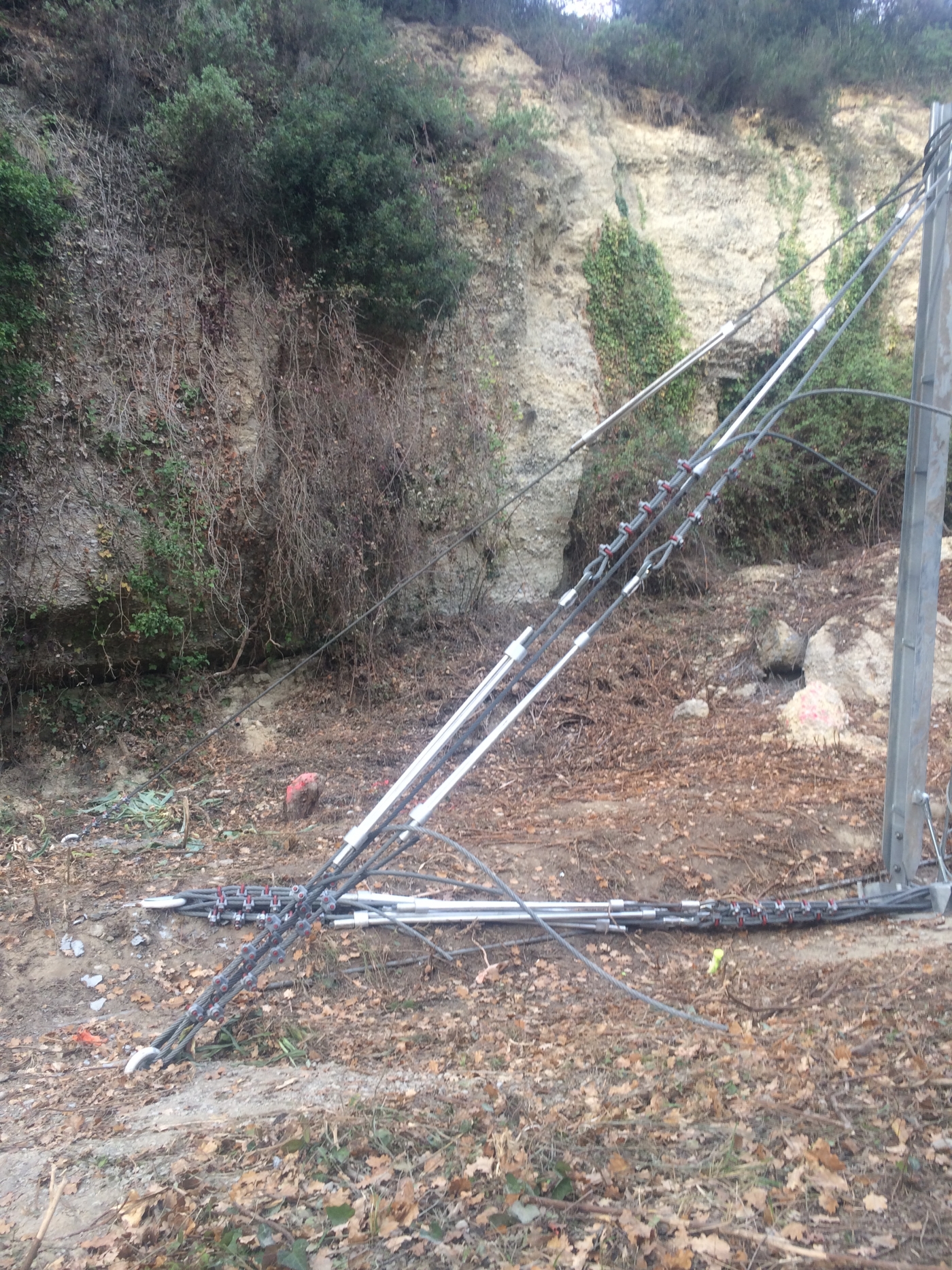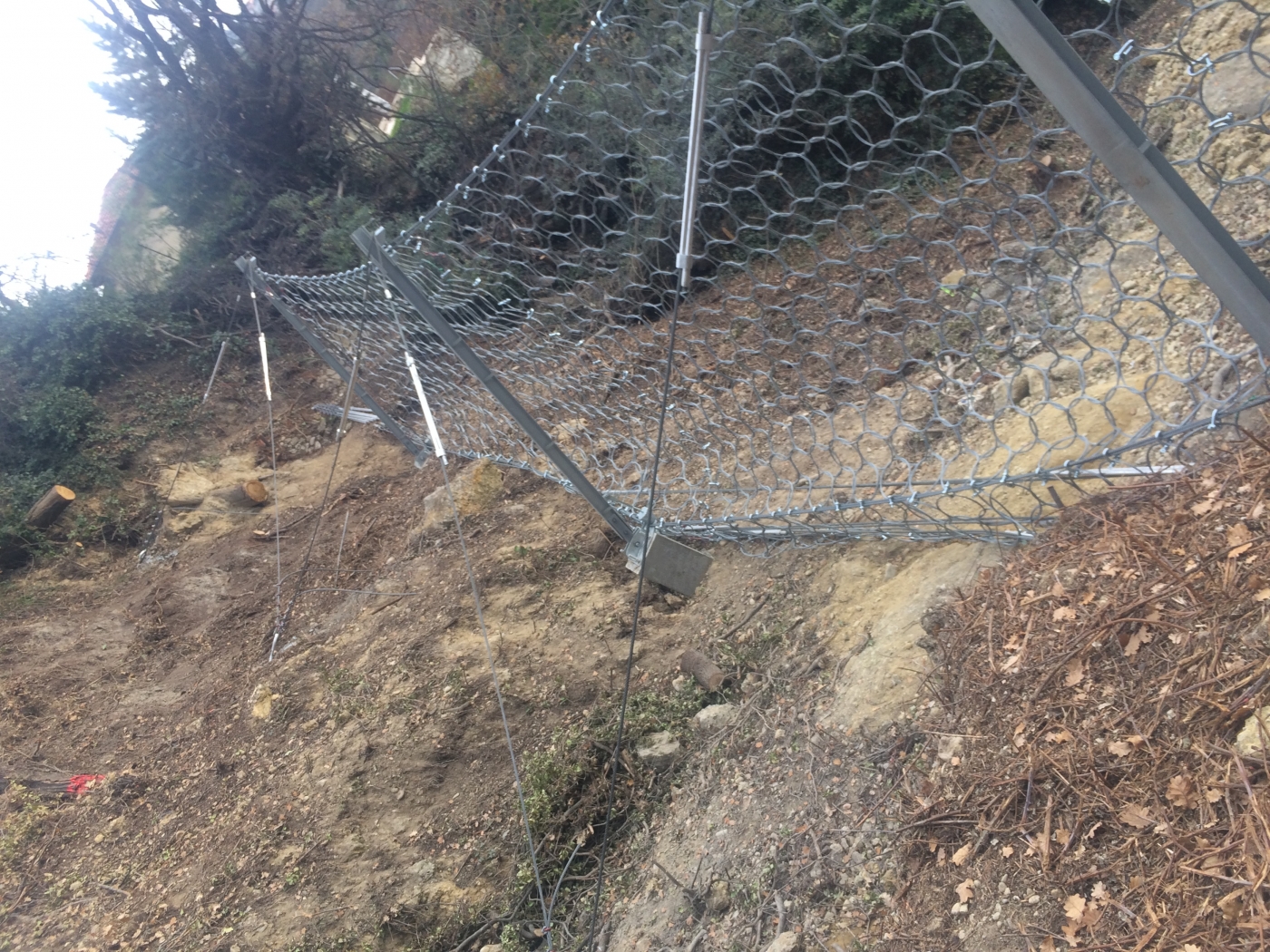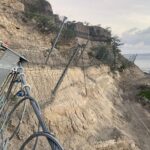
Debris Flow Barriers
Debris Flow Barriers: Purpose and Applications
What Are Debris Flow Barriers Used For?
Debris flow barriers are linear passive structures designed to intercept the flow of materials, such as mudslides or large-scale landslides. Unlike active systems that address the source of the problem, these barriers act downstream to mitigate the impact of such events.
Their unique feature lies in their ability to remain functional even under permanent load caused by accumulated debris, unlike traditional rockfall barriers.
Custom Design of Debris Flow Barriers
The effectiveness of debris flow barriers relies on a site-specific design requiring in-depth studies to address key factors:
- Velocity and Force Analysis:
- Assess the dynamics of moving materials, including speed and energy.
- Volume and Weight Evaluation:
- Identify the permanent load capacity the barrier must endure.
- Load Capacity Specifications:
- Establish the system’s design parameters based on risks and site constraints.
Unlike rockfall barriers, which adhere to CE ETAG 027 standards, debris flow barriers do not have standardized models. Each solution must be custom-designed in close collaboration with:
- Geotechnical or Hydraulic Engineering Firms: To analyze risks and establish detailed technical specifications.
- Specialized Manufacturers: To develop tailored solutions that address the site’s unique challenges.
When to Use Debris Flow Barriers?
Debris flow barriers are particularly suitable when:
- The risks of debris flow are widespread over a large linear area.
- Active solutions (such as stabilization or reinforcement at the source) are not feasible.
- The volume of materials to be intercepted is significant, requiring high load-bearing capacity.
Advantages of Debris Flow Barriers
- Adaptability:
- Designed specifically to meet the unique characteristics of each site.
- Durability:
- Engineered to withstand permanent loads without compromising performance.
- Extended Protection:
- Ideal for securing large infrastructure such as roads and villages located downstream of hazardous zones.
Limitations of Debris Flow Barriers
- Design Costs:
- Require comprehensive technical studies and customized solutions, increasing initial costs.
- Maintenance:
- While designed to tolerate permanent loads, regular maintenance is essential to ensure long-term reliability.
- No Source Stabilization:
- These barriers do not address upstream instabilities and often need to be complemented by other interventions.
Conclusion
Debris flow barriers are indispensable solutions for managing large-scale natural hazards. Their custom design, developed in partnership with engineering experts, ensures both effectiveness and durability.
At Acrobat X, we collaborate with specialized engineering firms to provide tailor-made solutions that address the most complex challenges.
Contact us to learn more about our customized debris flow protection systems.






